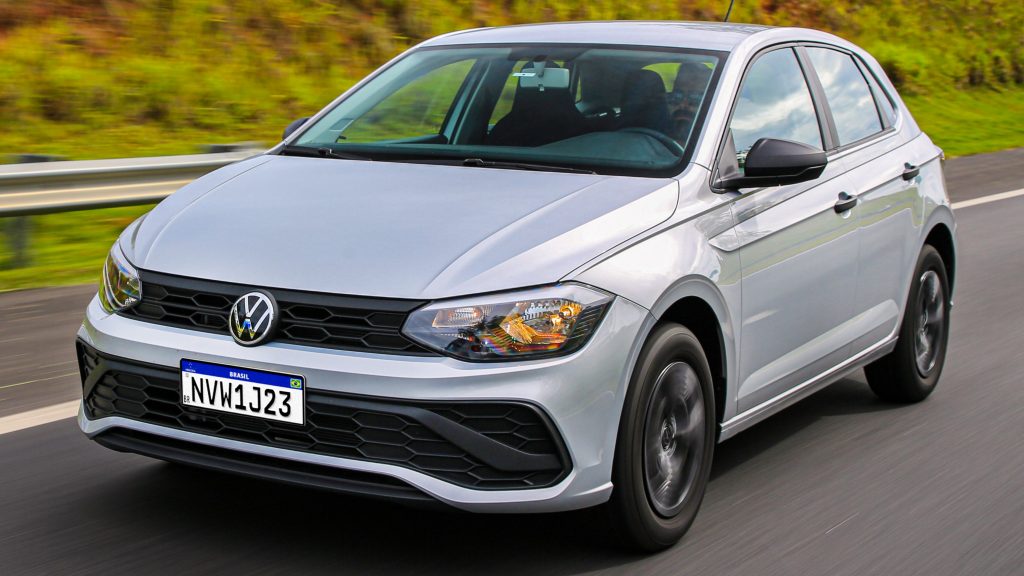Brazilian government is toying with an old idea to wring local automakers out of a recession. However, history says that the econobox car is more helpful said than done
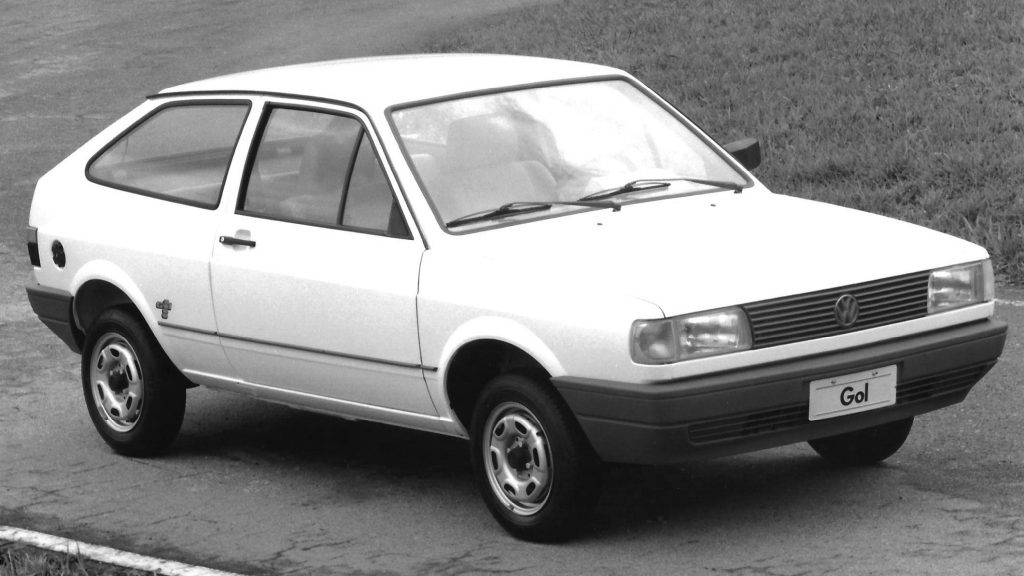
Carro popular is a term that makes Brazilians cringe as much as econobox for North Americans. It refers to cars whose main purpose is to offer transportation at minimal cost. They are not fancy, sporty or, in most cases, even beautiful because all that would increase their prices. Despite the word play automakers loved to use when advertising them, the truth is that the econobox was meant to be a car and nothing else.
Now, you might be wondering why someone would buy such a thing. The answer is simple: necessity. We are talking about a time prior to ride-hailing apps. There was public transportation, yes, but we know that there are situations when we cannot rely on it. In times of economic turmoil, the solution to make people keep buying cars was to strip them to the bone. However, it does not mean that strategy is desirable.
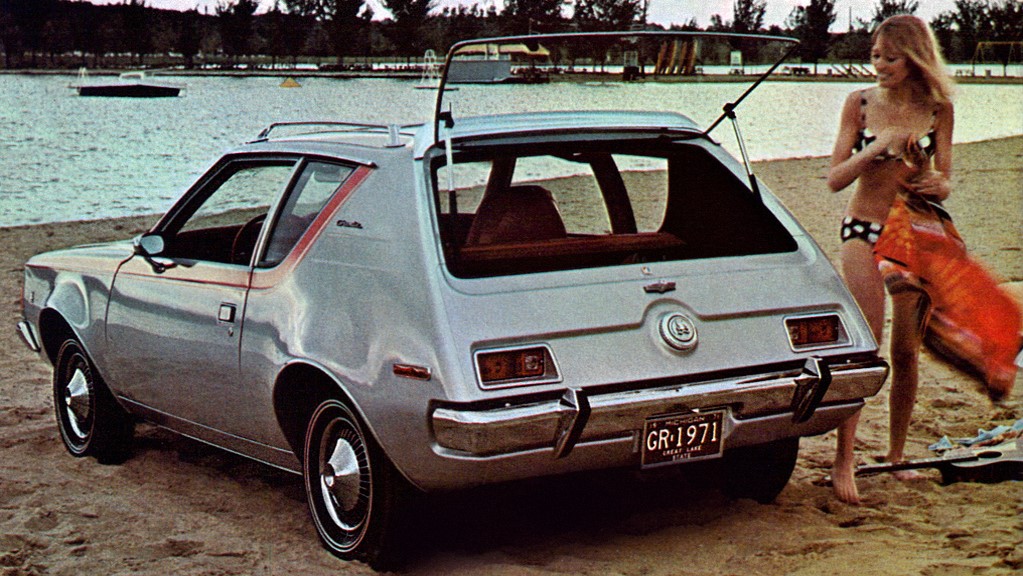
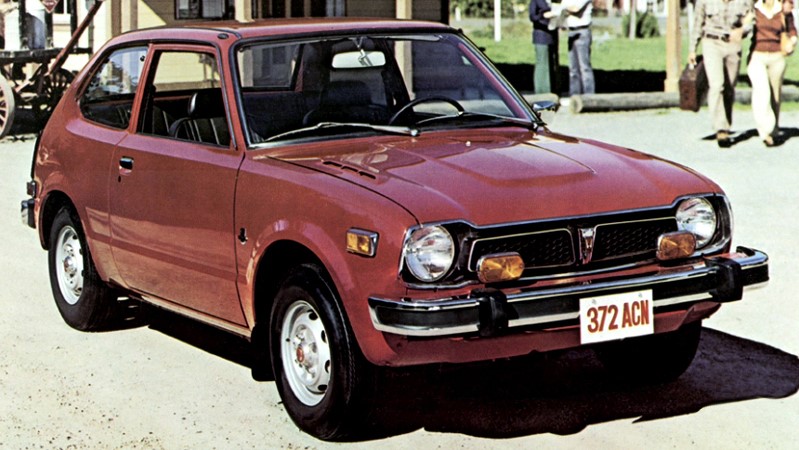
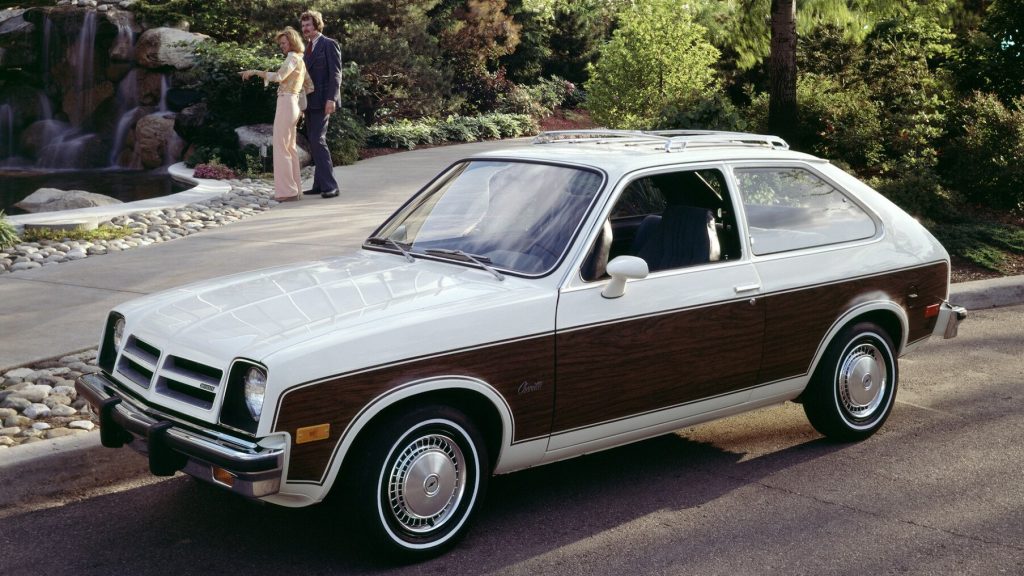

What are econobox cars?
In short, small and low-cost cars sold in the 1980s. But it is obvious that there is more to it. The term takes us to North America in the 1970s. The oil crisis made fuel prices skyrocket while CAFE regulations became tougher than ever. That context stifled local automakers in a way that it took them years to bounce back. And when they did, Japanese makers were already flooding the market with compact and efficient cars.
Econobox, to be more specific, is slang that refers to cars of that time whose main purpose was to cost as little as possible. They were compact, used small engines, came with minimal equipment, and offered few factory options. In most cases, the automaker would import them from Asian countries, whether with the original badge or as captive imports. The bright side is that they were cheap to buy, refuel, and repair.
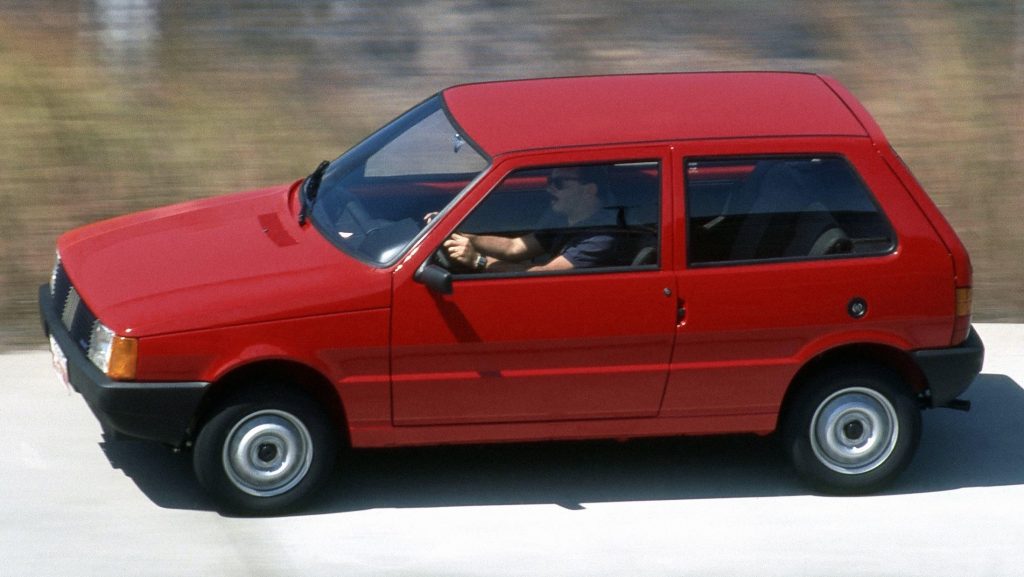



The econobox car in Brazil
The local government helped create cheap cars in two specific occasions. However, the first one occurred in the 1960s as part of its effort to establish the local automotive industry as a whole. Here, we are going to the late 1980s, when the region was going through a severe recession. Hyperinflation made people buy less, the industry had no motivation to develop new products… the entire sector was simply stagnated.
At some point, there was a meeting between the government and the biggest local carmakers. They came with the creation of a new category whose prices were supposed to make people buy again. The industry would build cars with only essential items while the government would grant tax incentives. The signature feature of those cars was the engine displacement of up to one liter. The local econobox was finally born.
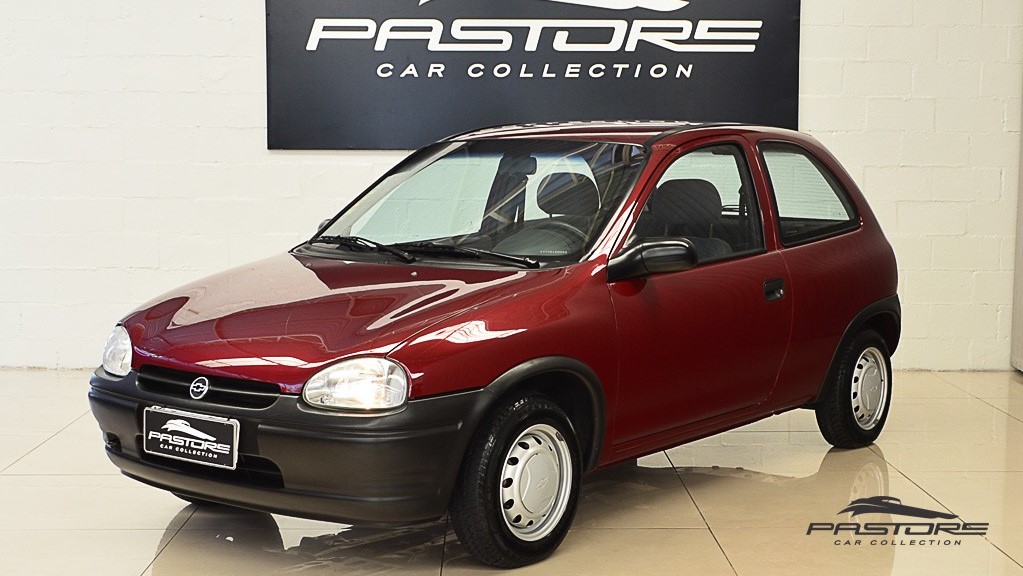

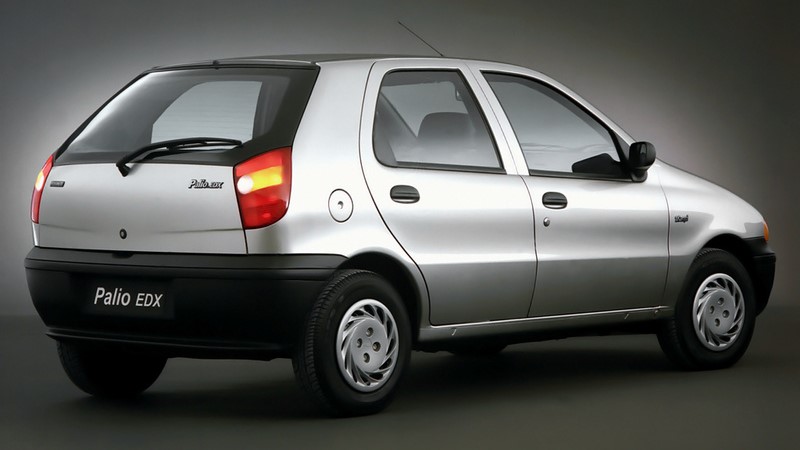

Did that project work?
Not really. Those econobox cars came at a low price, sure, but at the expense of bringing an equally low content. They would drop hydraulic steering, power windows and locks, and even climate control, despite how hot the Brazilian weather is. ABS, alloy wheels, automatic gearbox, and stereo were just unimaginable for them. On the outside, plastic wheel covers and unpainted black bumpers and accents were the norm.
As you can see, those cars were downright poor. And the truth is that no one really wants such a product, especially the people who struggle the most to afford a car. In practice, only company fleets would buy an econobox like that. Personal users would always pay extra for the items above because they would bring a minimum of comfort and safety. In other words, the low-cost car in its essence never actually prospered.
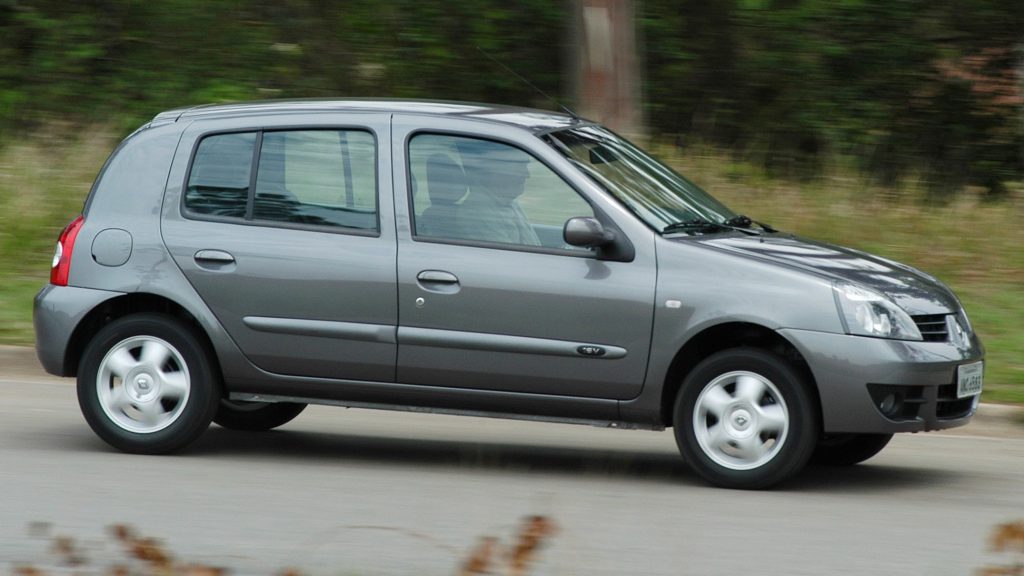
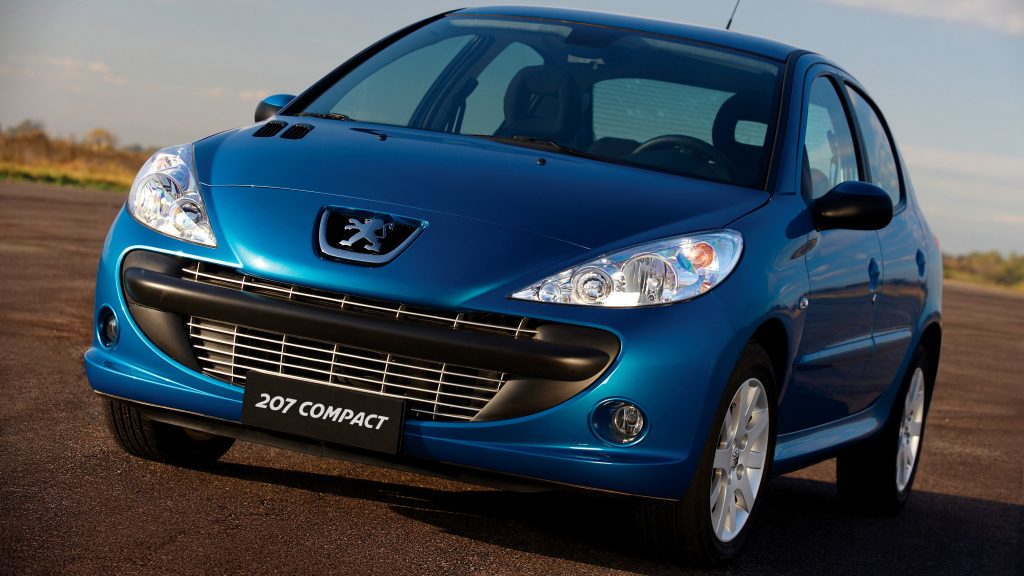

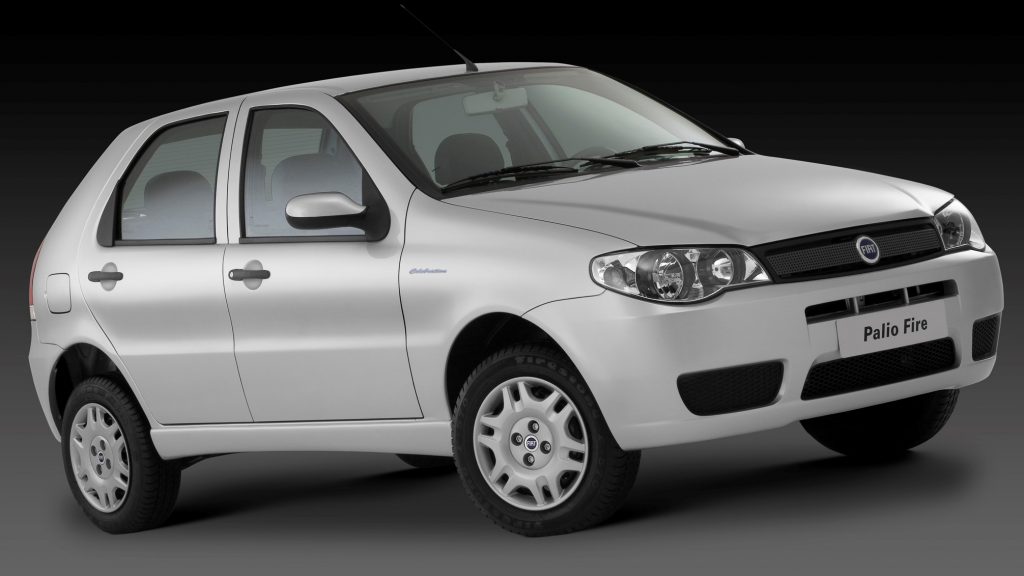
What happened next to the econobox?
As the years passed, the need to update those cars grew. However, their makers had the same pressure to keep prices down. The Brazilian market received a series of low-cost solutions to work around such tough obstacles. There were partial facelifts of questionable taste, successive loss of content, cars going for years unchanged… The models above are only some of the many examples the local market had in the 2000s.
At some point, supply and demand reached a balance point. Carmakers eventually learned how much the typical buyer would pay extra for a better car, so they would improve their cars only that much. However, it is easy to see that this solution was not sustainable. Emissions and safety regulations became tougher, those cars were no longer in line with the industry’s global plans, and people were getting tired of them.

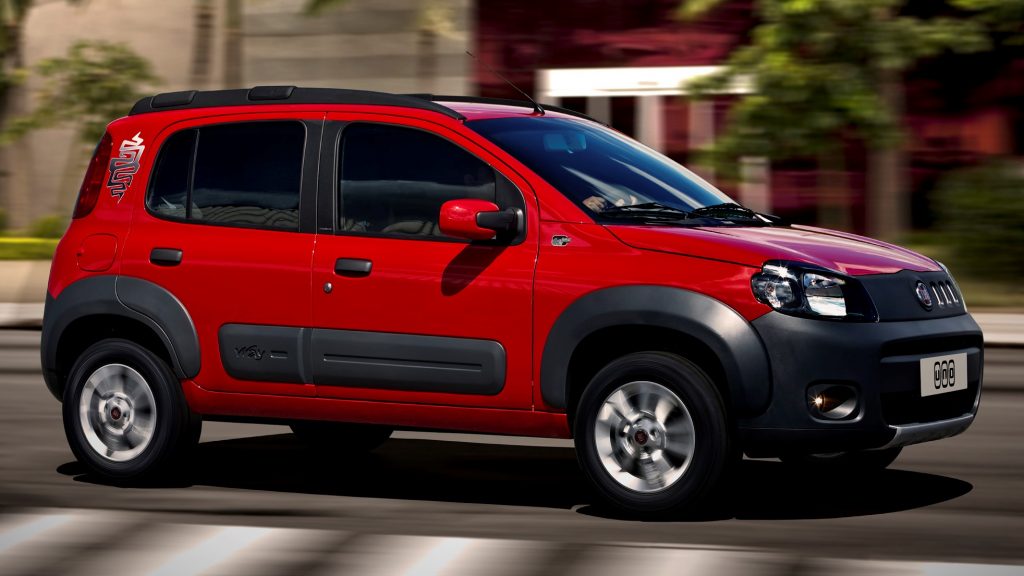
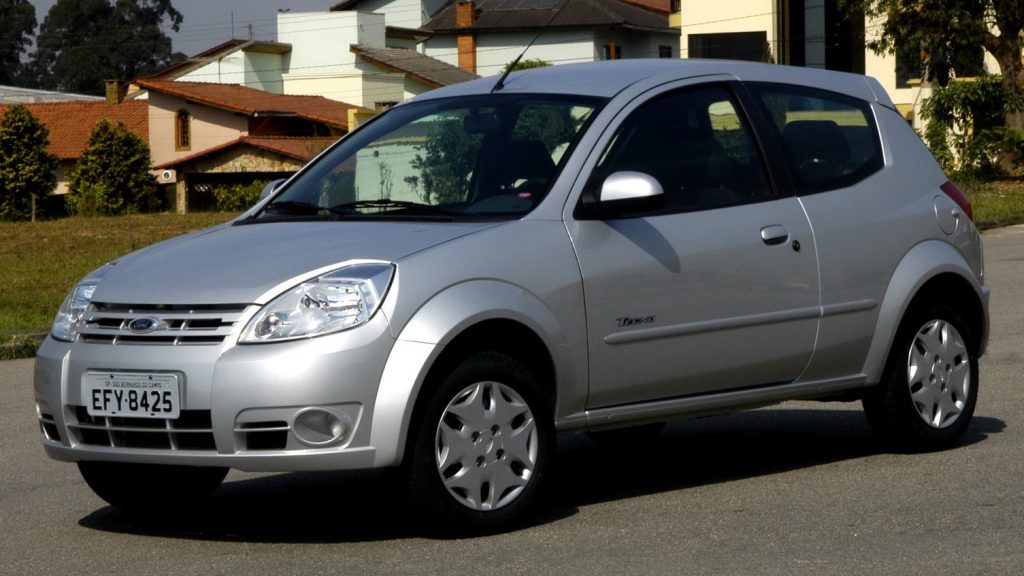

Econobox cars in nowadays
With all those factors working together, plus the recent semiconductor shortage, the econobox category gradually succumbed. Inflation drove all prices up, but low-cost cars suffered the most because they have lower profit margins to be cut and their buyers are more sensitive to price hikes. Local makers tried to sell the subcompacts above as a cheaper option, but it did not work. They were just not the right solution.
Nowadays, the health crisis has gone but sales have not picked up yet. The Brazilian market is undergoing a recession, so the idea of a new low-cost car seems interesting to keep people buying. Latest news state that the government has been discussing the idea with the local automakers and everyone seems excited about the project. Unfortunately, it looks like both parties are oblivious to the problems in that venture.
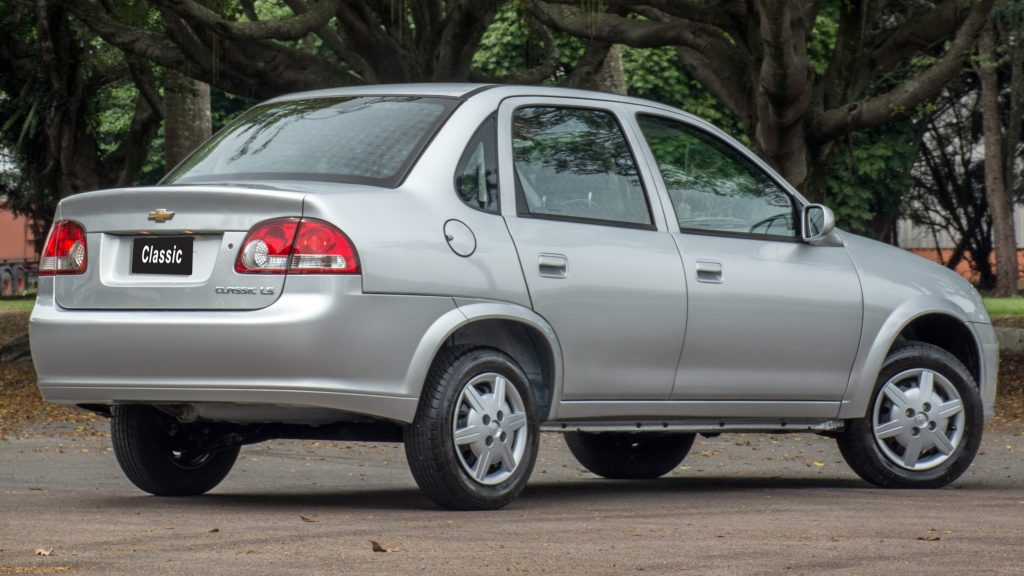
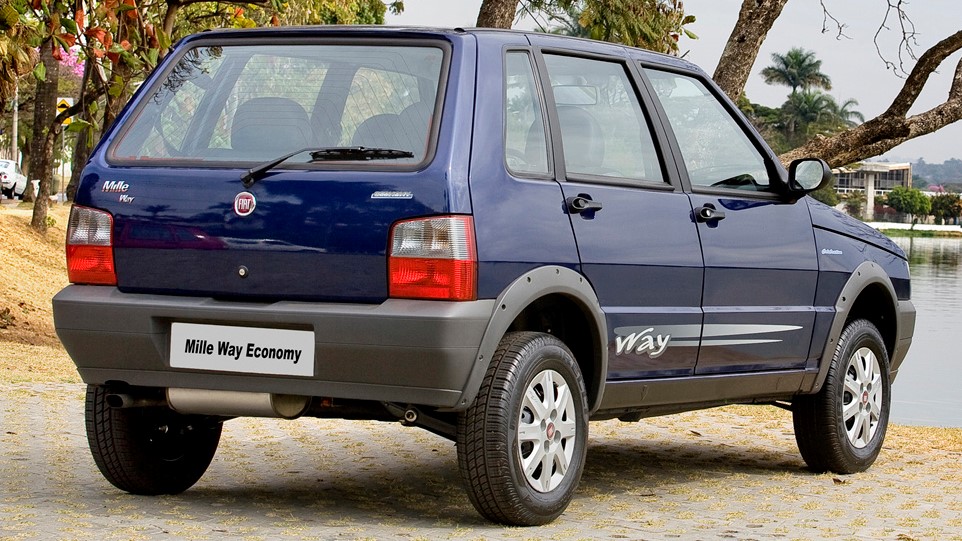
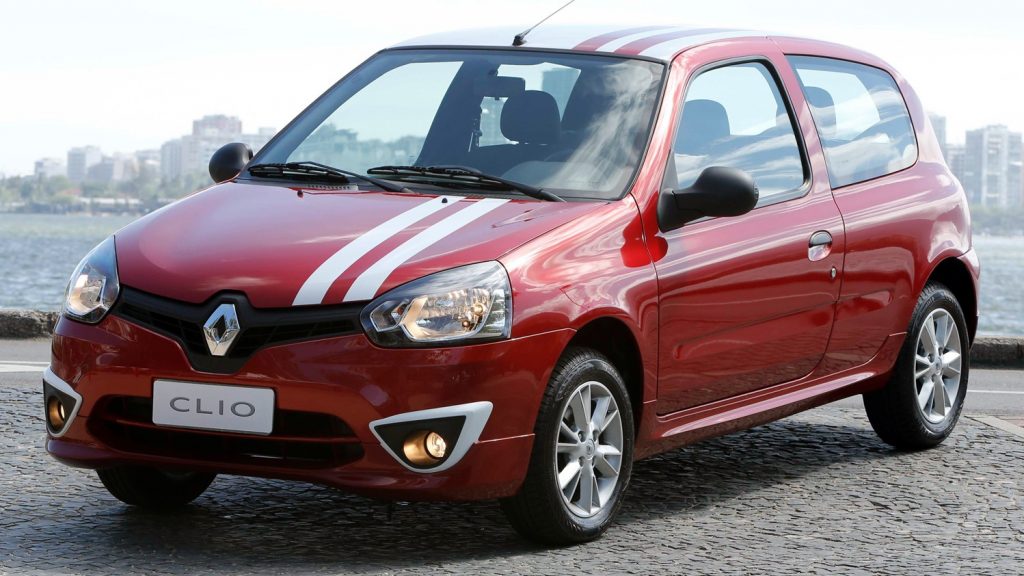

What are those problems?
- Interference with global strategies. Those econobox cars would be created mostly for the Brazilian buyers, so they would sell mostly in Brazil. It would be difficult to cut costs with economy of scale.
- Use of ethanol only. While that would boost its production, it would also demand building exclusive engines. That strategy would have an even narrower scope than the recent one of synthetic fuels.
- Emissions and safety regulations. Complying with the latest laws requires the use of many electronic devices of high cost. It is simply impossible to remove those items from the car to lower its price.
- Comfort standards. People have grown used to automatic gearbox, infotainment central, power windows etc. And they need climate control in Brazil. They would never accept a car without them.
- Poor product image. Again, it will be impossible not to see those econobox cars as “poor people’s cars”. As a result, many people will be discouraged to buy them just like they were in the 1990s.
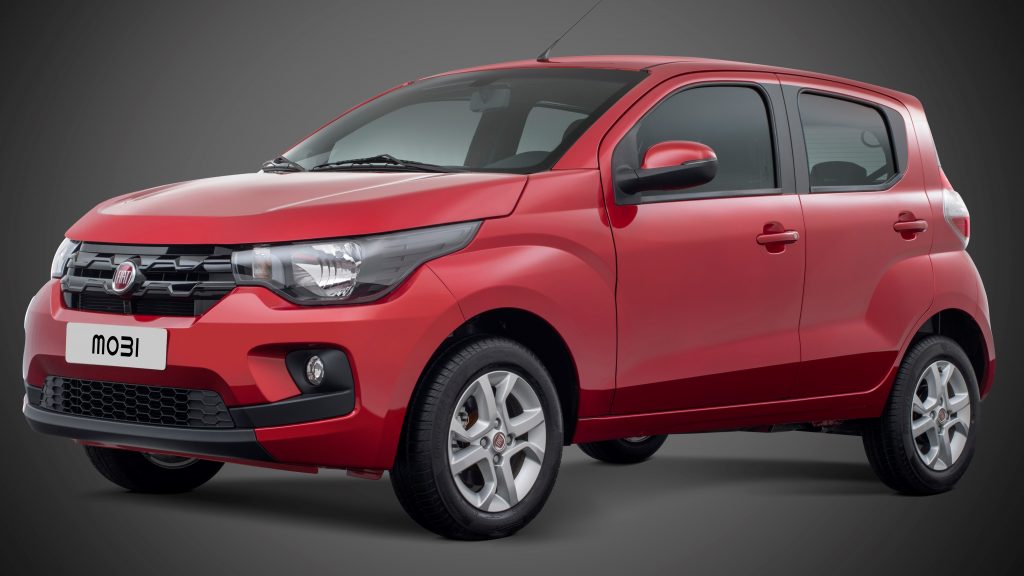


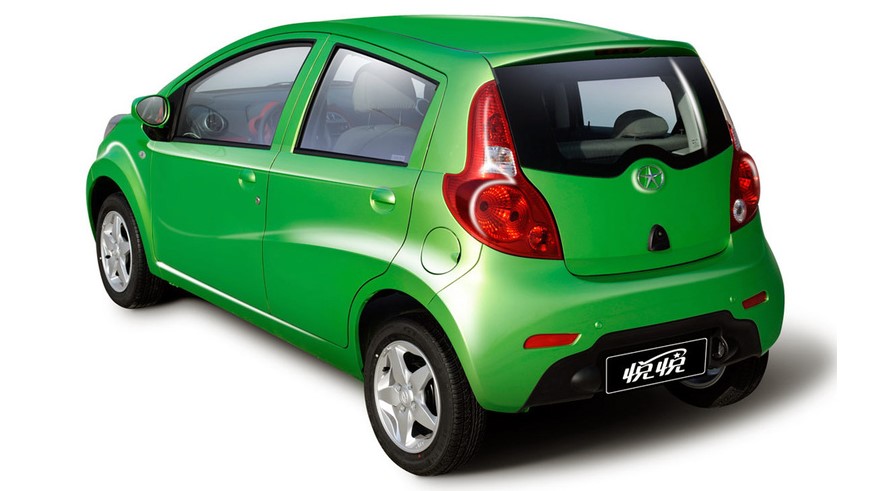
How to make econobox viable?
First of all, we have to make peace with the idea that truly low-cost cars might never be viable again. Cars in general have many standards to comply with, and that all costs money. The entry level is the hardest to make it happen because there is less profit to be cut. This is why part of the industry is looking for other solutions. Ride-hailing apps, such as Uber, are one of them; they end up more affordable in everyday use.
When it comes to private cars, any ideas must have potential for high volumes, otherwise they will not be profitable. Renault, for example, has created Mobilize to offer solutions like ride rental and sharing. Entry-level cars as they exist today could only become truly affordable with drastic tax incentives and without any dealer markups. And we all know how unlikely either of those options is to happen any time soon.

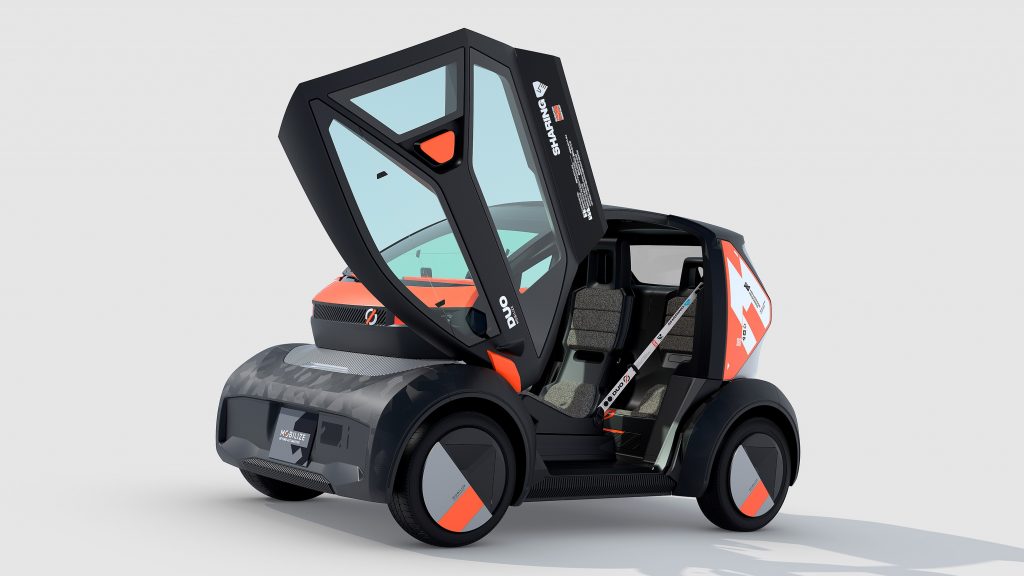
With this article, you have gotten an idea of the latest econobox discussion in Brazil. Not to mention that we were able to refresh your memory regarding the original meaning of this term, which was born in the USA a decade earlier. That is important because most of those cars are now destroyed in junkyards. Have you ever owned a typical econobox car? And what is your opinion about this emerging project in Brazil?
You may also like
Volkswagen has anticipated itself to the new popular car. It built a special version of the Polo for Latin America named Track. Check out more about the compact car’s latest news!
Danillo Almeida has explored his passion for cars in two distinct ways. The first one is his graduation course in Mechanical Engineering, which will hopefully lead to a job position in the field. The other one is expressing his knowledge and opinions on the matter through writing. Almeida has already contributed to blogs, stores, and websites in general writing automotive content in many formats.

